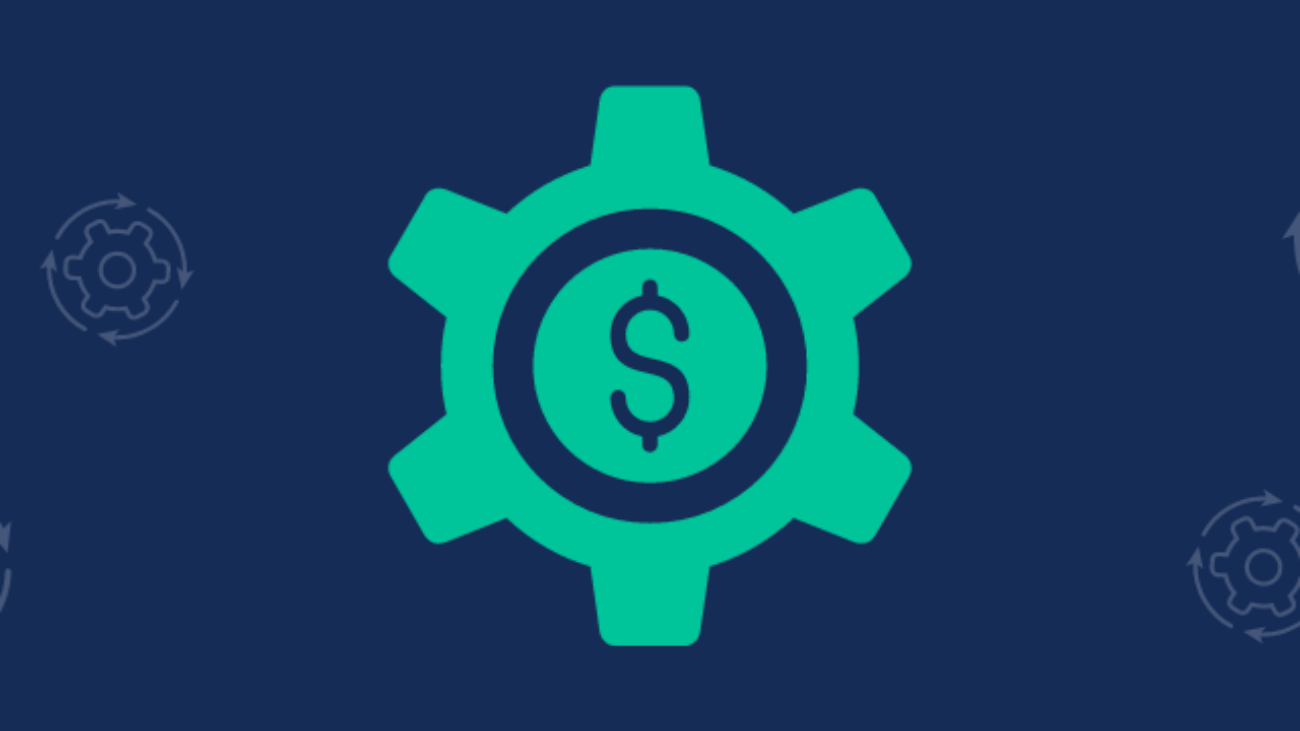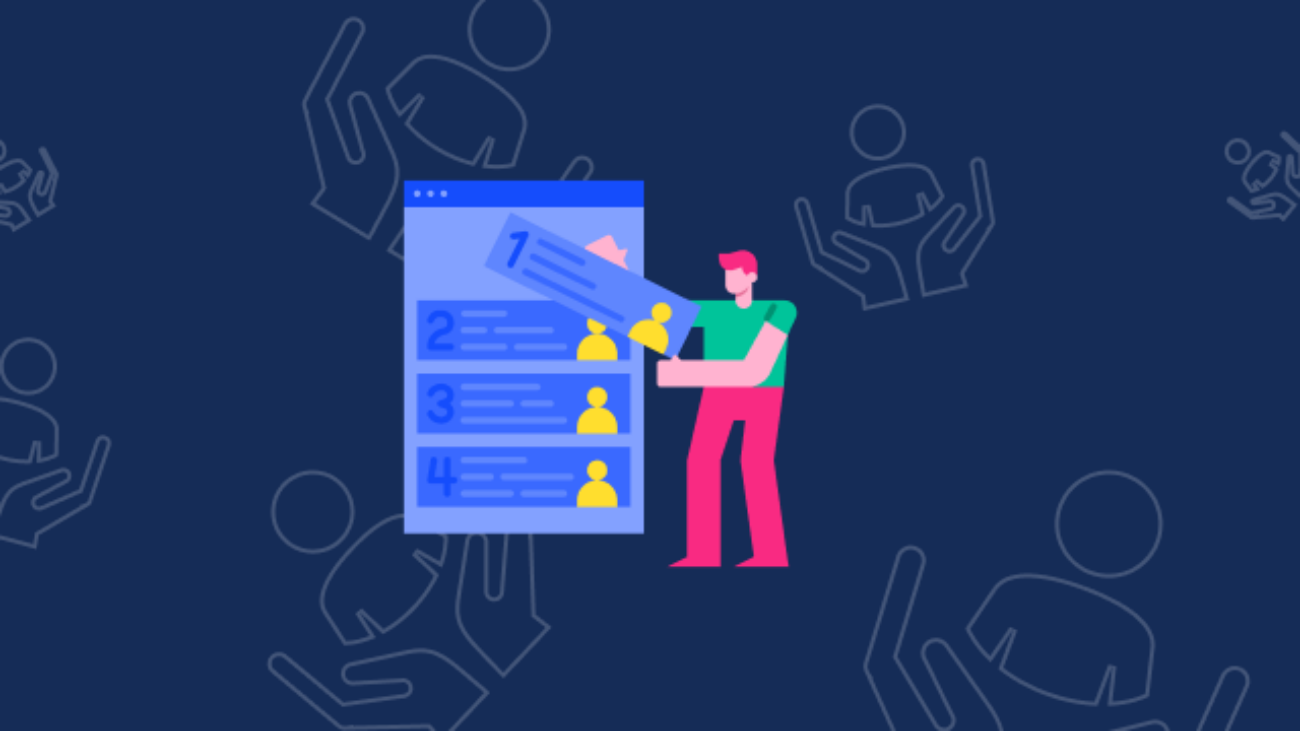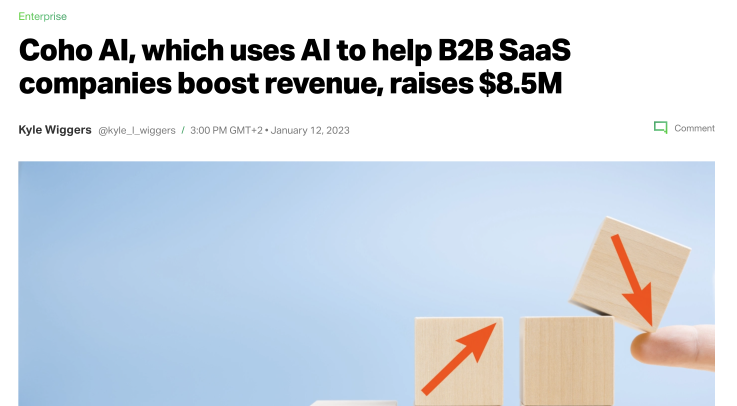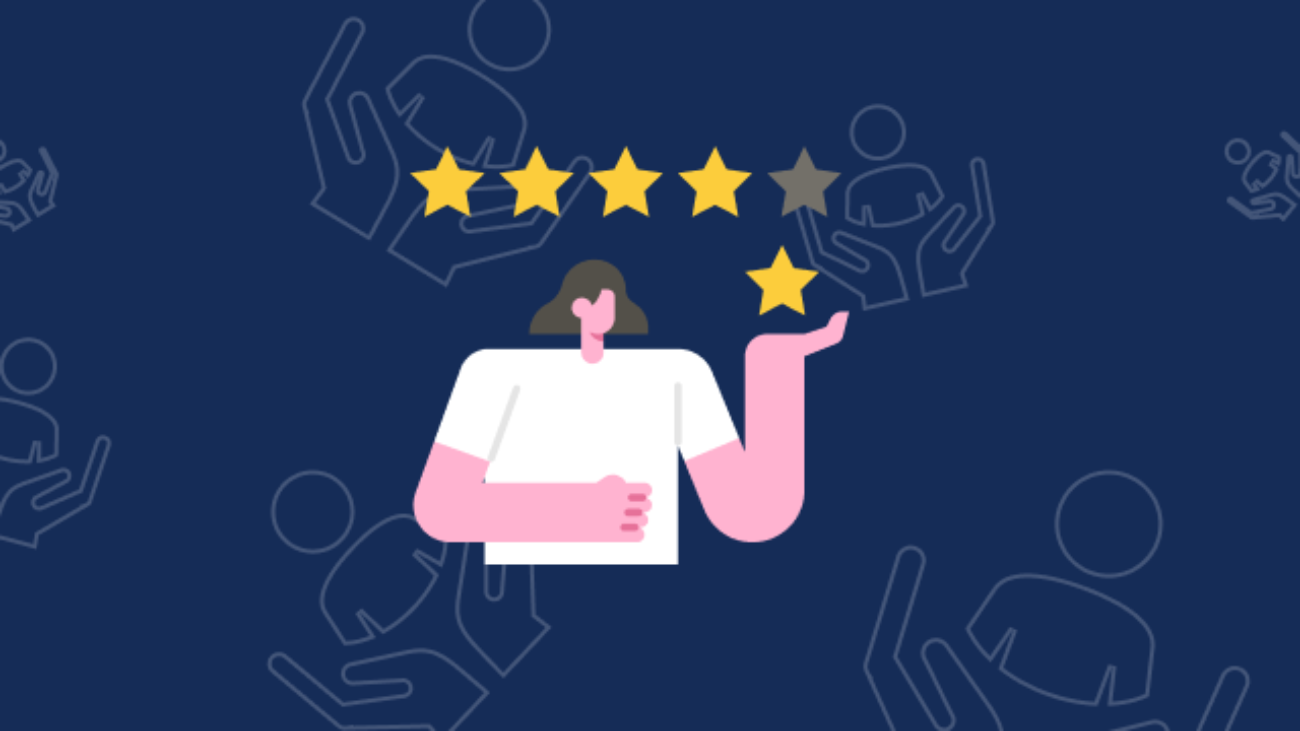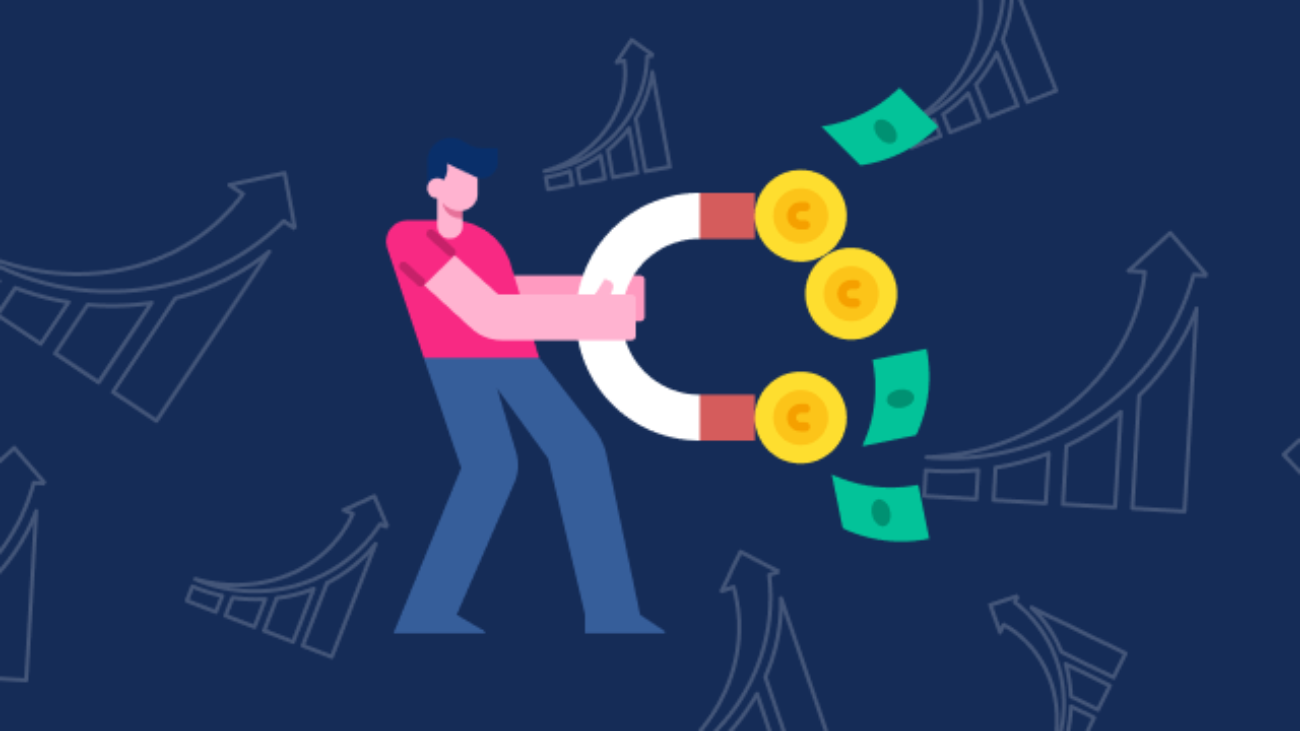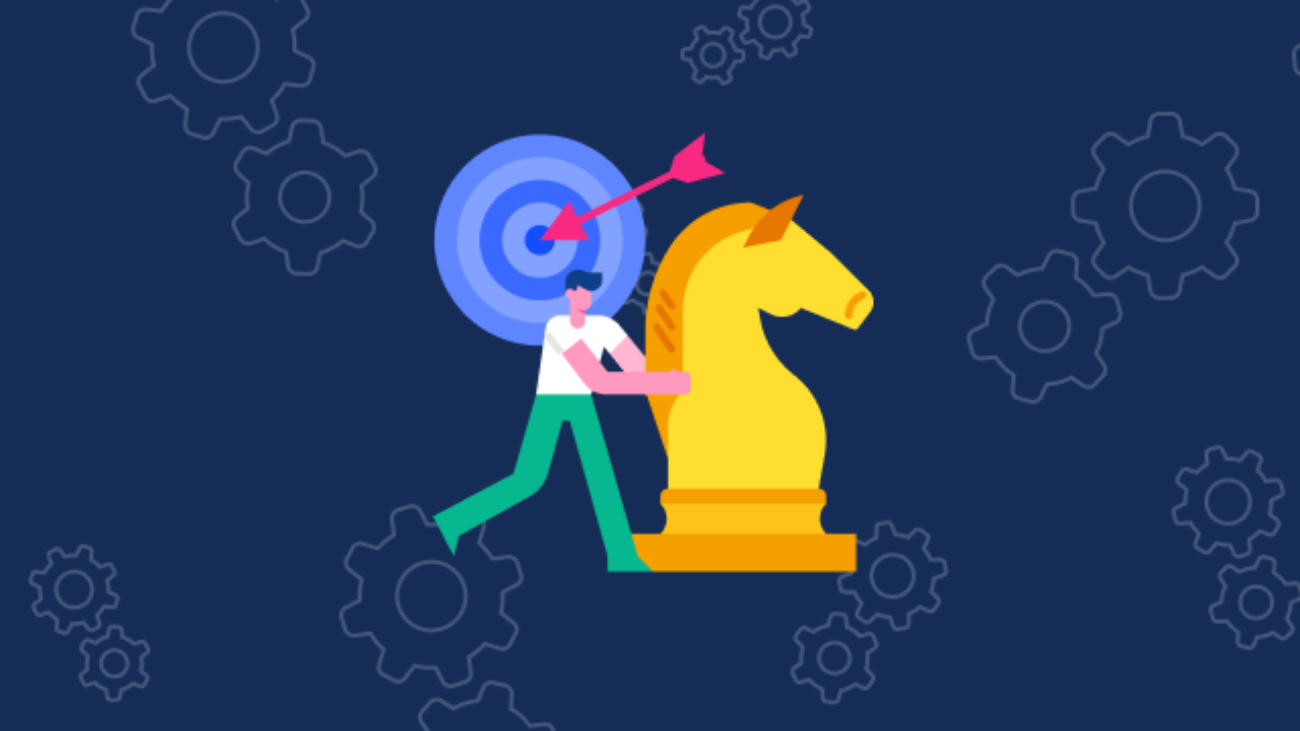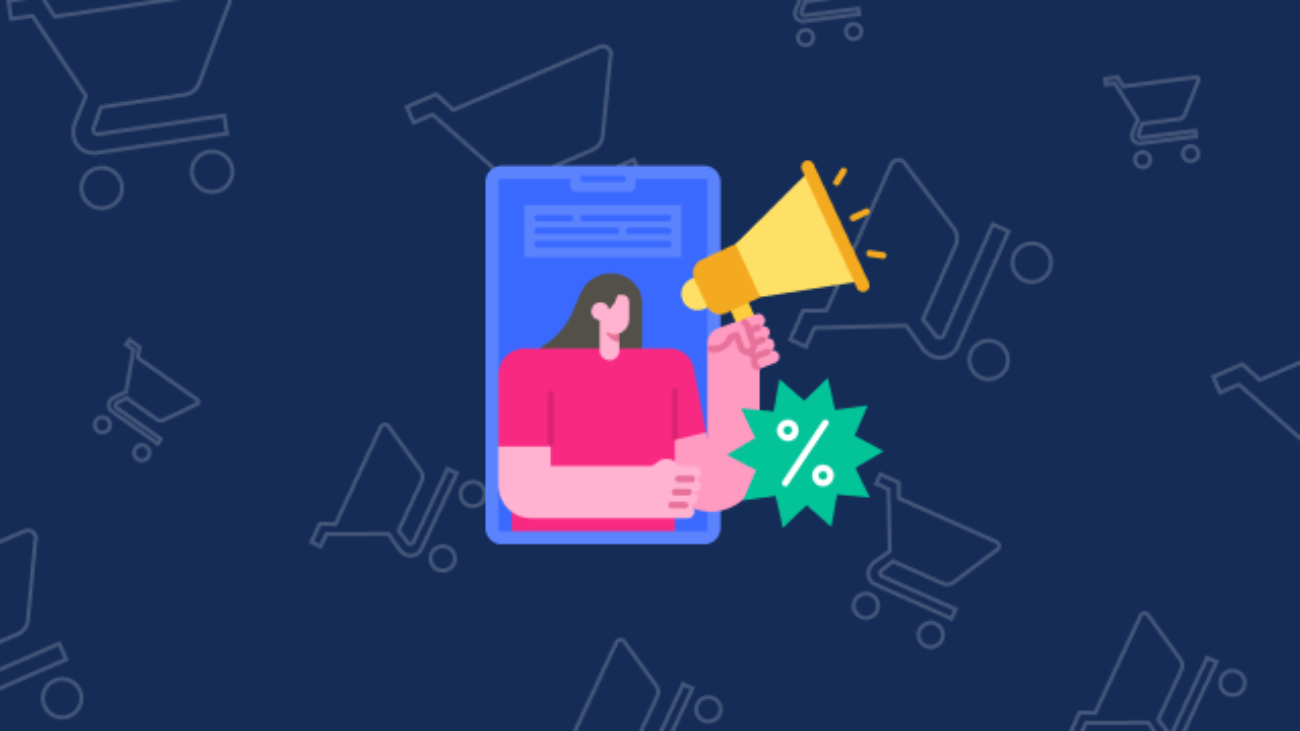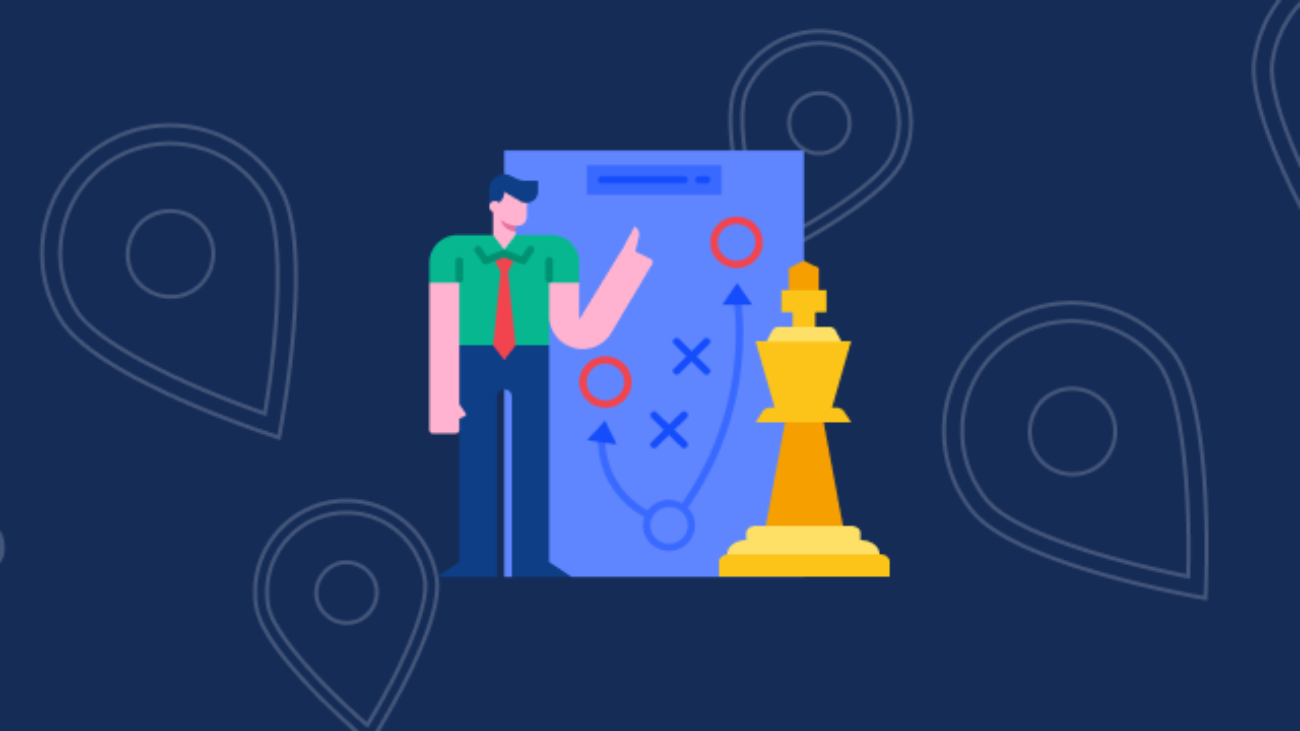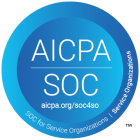Considering escalating customer acquisition expenses and dwindling conversion rates, enterprises must devise effective strategies to acquire, retain and expand their customer portfolio. Well, the average cost merchants incur for acquiring a new customer has significantly increased over the last decade. SimplicityDX concluded that in 2013, merchants experienced a loss of $9 per new customer, whereas presently, the loss has surged to $29, indicating a substantial 222% rise.
For those who want to enhance their customer acquisition process, RevOps arises as the most consistent and innovative solution.
Matching Customer Expectations with RevOps
The RevOps shift has garnered significant attention as a crucial strategy for fostering interdepartmental collaboration and delivering a seamless customer journey. As per the findings of a research conducted by Salesforce, customers anticipate uniformity in their interactions with a company across various departments. Nevertheless, it frequently appears that individuals are confronted with disparate divisions instead of cohesive entities.
Moving forward, the RevOps department is uniquely positioned to bridge the gap and deliver a cohesive customer journey that not only meets but surpasses customer demands. Gartner Inc. anticipates that a RevOps framework will be adopted by 75% of the most rapidly expanding enterprises worldwide by 2025. Enterprises comprehend that a proficiently executed RevOps approach can propel revenue expansion and augment customer contentment.
In the same vein, recent research conducted by ActiveCampaign regarding the influence of customer experience automation has revealed that automation technology has the potential to enhance customer acquisition and retention rates substantially. The research findings indicate that enterprises that have incorporated automation technology into their operations have witnessed a significant increase of up to 110% in their lead generation and a remarkable 94% surge in their conversion rate.
Leveraging Key Metrics for Customer Acquisition
RevOps teams are uniquely positioned to craft a frictionless customer journey by identifying and addressing the gaps in your sales and marketing processes. By using data-driven insights to evaluate and optimize the customer journey, RevOps teams can help your business achieve better customer acquisition and retention rates, drive revenue growth, and stay competitive in today’s marketplace.
To streamline processes, RevOps teams need to understand how efficient and accurate the existing processes are. Key metrics like Customer Lifetime Value (CLV) and Customer Acquisition Cost (CAC) can be used to evaluate how much revenue your operations generate across departments throughout the customer journey. RevOps teams can identify and remove bottlenecks by analyzing these metrics to maximize value and profits.
- Customer Lifetime Value (CLV) measures how much a customer is worth to your business from the moment they first start using your product or service until they stop. CLV isn’t based solely on the customer’s first purchase but on how effective upsells and renewals are. A low CLV limits how much you should spend to acquire new customers and should be a key consideration in your marketing and sales strategies.
- Customer Acquisition Cost (CAC) indicates how much you must invest in marketing and sales to acquire a new customer. A good CAC for your brand depends on the CLV and customer churn. A high CAC should alert your RevOps team that your branding is inconsistent, your ad placements are off, or you’re targeting the wrong clients.
How Deploying RevOps Diminishes Customer Acquisition Costs
Companies who want to deploy an effective RevOps strategy should incorporate a customer acquisition cost goal into their comprehensive strategic plan to elevate their operations. However, the objective in question changes, contingent upon variables such as the industry, the value of the customer’s lifetime, and the expansion aspirations of the company. If the expenses associated with customer acquisition persistently surpass the desired threshold, it may be prudent to undertake a comprehensive reassessment of the RevOps approach.
One potential strategy is to comprehensively evaluate and refine the marketing and sales methodologies currently employed. When paid advertising fails to yield the intended outcomes, it may be judicious to investigate alternative marketing channels. RevOps teams can leverage data analytics to discern the most efficient channels and allocate resources accordingly.
In the event that the objective for customer acquisition cost proves to be persistently unachievable, it may become imperative to revise the target to a more pragmatic figure. RevOps teams must periodically assess their customer acquisition cost objective and make necessary modifications to ensure its congruence with the organization’s overarching objectives and available resources.
Effective team communication is critical in attaining the desired customer acquisition cost. RevOps teams must collaborate with sales, marketing, and customer success teams to foster a cohesive approach towards achieving organizational objectives. Effective inter-team communication and feedback mechanisms can facilitate the identification of potential areas for enhancement and streamline strategies to minimize customer acquisition expenses.
